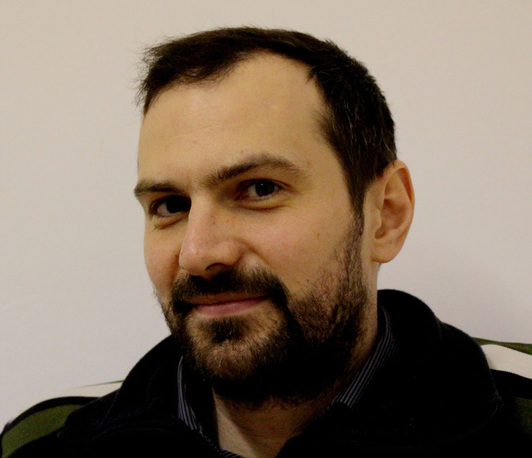Alternative Divertor Configurations in the New Upper Divertor of ASDEX Upgrade
Institutskolloquium
- Datum: 14.07.2023
- Uhrzeit: 10:30 - 12:00
- Vortragender: Dr. Tilmann Lunt
- Tilmann Lunt is a research scientist in the Plasma Edge and Wall Department (E2M) at IPP Garching. His scientific interests include alternative divertor configurations and the physics of the plasma edge, in particular the effects of 3D magnetic field perturbations. He is also responsible for the visual and near-infrared camera systems of the ASDEX Upgrade experiment.
- Ort: IPP Garching
- Raum: Arnulf-Schlüter Lecture Hall in Building D2 and Zoom
- Gastgeber: IPP
- Kontakt: karl.krieger@ipp.mpg.de

As one of the largest projects funded by the EUROfusion consortium,
ASDEX Upgrade is currently completing the installation of a pair of
in-vessel coils to investigate alternative divertor configurations in a
tokamak with an exceptionally high heating power in proportion to its
size. The aim is to find the optimum divertor configuration for both
power exhaust and removal of the He 'ash' produced in a fusion reactor,
while meeting the performance and cost constraints of such a device. The
three most promising configurations are the X-divertor (XD), the
low-field side snowflake minus (LFS SF-) divertor and the compact
radiative divertor (CRD) [Lunt et al., Phys. Rev. Lett. 2023]. The
latter consists of an X-point radiator configuration with short divertor
legs. All three configurations can be investigated after the hardware
upgrade, which will also include a comprehensive suite of new
diagnostics and a charcoal-coated cryo-pump capable of trapping helium.
This will allow the predictions of both analytical models and complex
scrape-off layer transport codes, such as SOLPS-ITER and EMC3-EIRENE,
used to extrapolate today's results to DEMO, to be tested.
Starting with an introduction to divertor physics, the expected
behaviour of the alternative divertor configurations is discussed
regarding their application for a future reactor, as well as the
experiments required to verify these results.